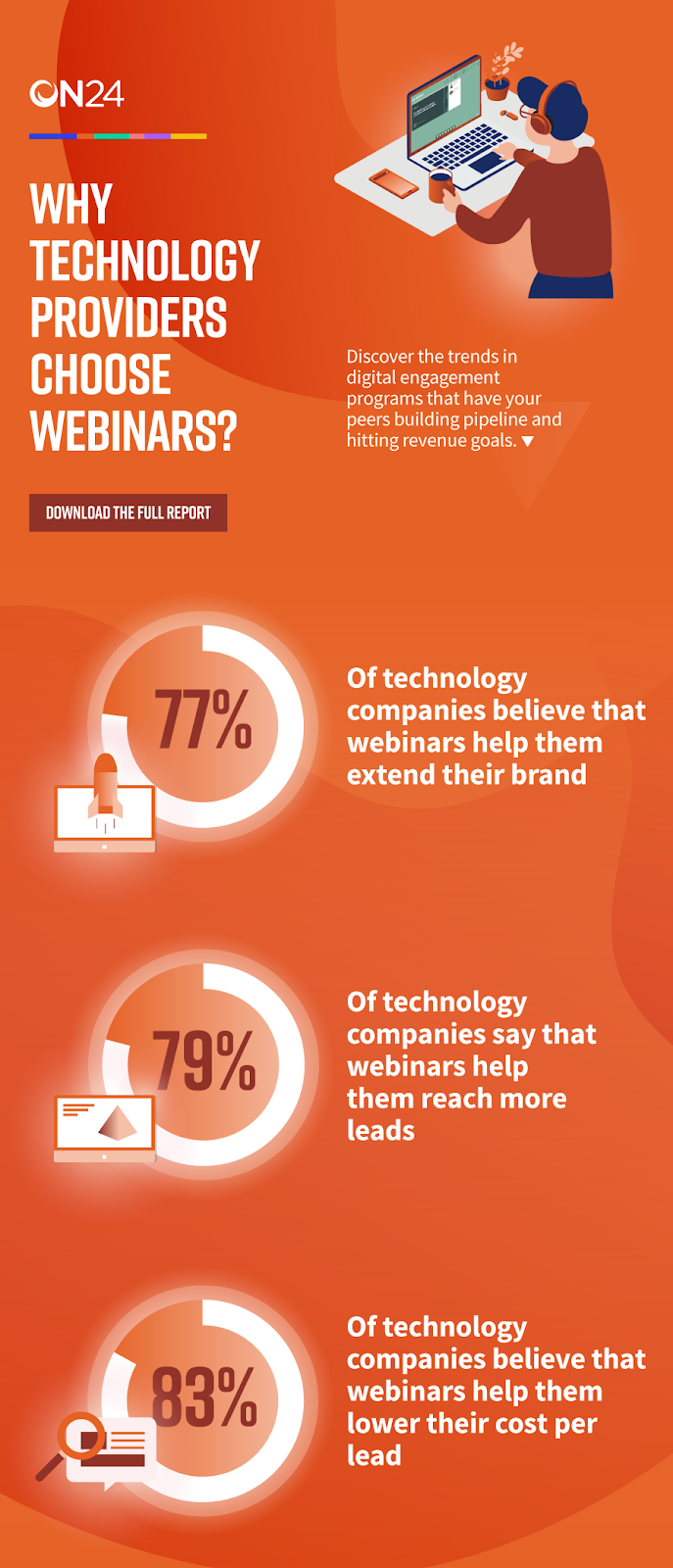Three Big Things You Need to Know About Marketing to Tech

The technology industry knows one thing well: it knows how to grow fast. But keeping up with growth goals isn’t easy. The clients tech organizations sell to — often tech companies themselves — are increasingly difficult to reach, communicate with and close. So when it comes to marketing to tech knowing how to engage pays.
There are a few reasons why marketing to tech is so difficult. Purchase decisions are largely up to the whims of buying committees — which are growing in size. Organizations considering solutions are searching for bespoke approaches. Finally, tech companies are looking for the complete package from a vendor — an easy experience from a vendor knowledgeable of pain points with a solution that addresses those pain points.
Over the past few weeks, we’ve examined the high-level changes affecting the tech industry today and how digital technologies and techniques can help marketers adapt to those changes. We also surveyed our tech industry clients about how they use webinars to realize their growth goals. You can read what they have to say in our report, “ON24 Webinar Benchmarks Report: Technology” or take a look at our infographic at the end of this blog post for high-level takeaways.
So, how, exactly, is the tech industry changing when it comes to buying from tech? Here’s a brief recap of what we found:
Customer Experience Is Critical
Having a best-of-breed product or solution isn’t enough anymore. Tech companies are looking for experiences that prove a vendor can also be a trusted partner that’s capable of navigating complex challenges, deliver results and keep up with the pace of change in the digital arena.
This means many technology companies must commit to building out, and improving on, their thought leadership content. With a better interactive experience in place, vendors can then, as Steve Jobs once said, “work backwards to the technology.”
Anything-As-A-Service Is a Differentiator
But what kind of technology are tech companies looking for? Well, they’re looking for flexible technology that’s efficient and fast. More often than not, that means they’re looking for a Software-as-a-Service solution.
It’s easy to see why. SaaS models are known to cut down on IT costs, but they also power digital transformation efforts and respond to market demands. In fact, the model is so popular that 70% of companies say SaaS (or its brethren Everything-as-a-Service) is “very” or “critically” important to business success.
But SaaS is a crowded field. A recent survey found that more than 7,000 individual SaaS solutions in the marketing space alone. To differentiate, companies need to position themselves as a small, but integral, part of their client’s larger whole. Vendors need to be able to integrate with other SaaS solutions, inform customers of improvements and updates and continuously demonstrate how their solution can help accelerate a customer’s business.
Buying Committees Demand Better Content
All this adds up to the demand for better content. But better content doesn’t necessarily mean more content. Vendors selling to technology companies need to have a keen understanding of their audience — often buying committees — and adjust their work accordingly.
Vendors need to accommodate the concerns of a range of different stakeholders when selling to a technology company. That’s because buying decisions often boil down to buying committees. These committees often consist of cross-functional teams and members, each with their own concerns and interests. Creating content appealing to multi-level roles isn’t easy and is the top challenge facing 68% of organizations selling to tech.
The solution is a combination of content marketing approaches. Thought leadership should be front and center early on. Third-party validation pieces from surveys, reviews and studies are also critical for success. Finally, marketers selling to tech can increase their odds by focusing on three main content areas. First, develop and maintain a robust buyer persona map — one which gives a thorough assessment of a buyer’s needs, motivations and concerns. Second, prioritize educational content over messaging content. Third, develop content that builds customer loyalty and continues the conversation as they use your product.
To learn more about what it means to market to technology today, download “ON24 Webinar Benchmarks Report: Technology.”

